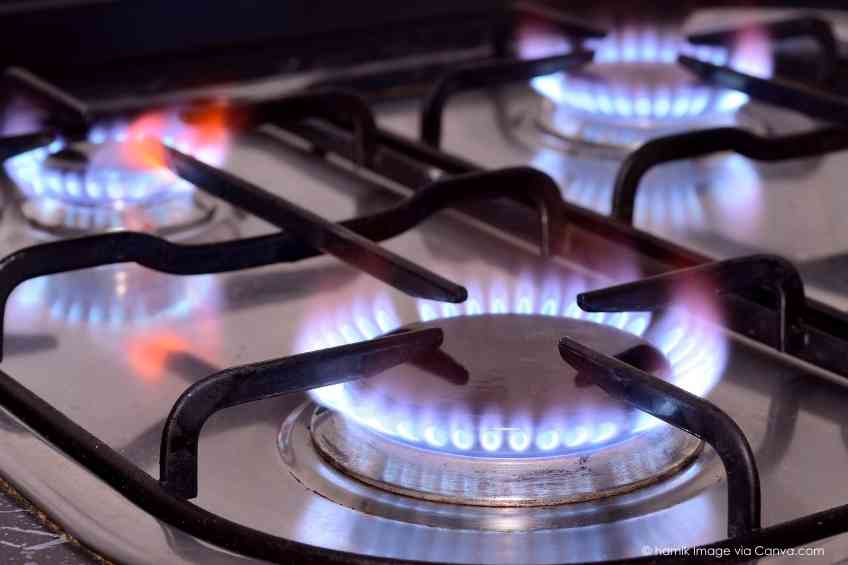By Sean Zucker –
It’s no secret that gas-powered vehicles are rough for the environment. Obviously, cars aren’t going anywhere anytime soon, they emit harmful chemicals like carbon monoxide that pollute the air and contribute to global warming and climate change. New research now suggests that a household appliance may be responsible for releasing more toxic nanoparticles than gas-guzzling rides.
The culprit? The gas stove, which is found in millions of homes nationwide.
Purdue University identified this worrisome conclusion when it recently published a study that compared the pollution output of gas stoves with that of gas-powered automobiles. The researchers were able to measure the nanoparticles released into the air by stoves when used through “state-of-the-art air quality instrumentation.” The university team went as far as to build a small test house that resembled a livable home but was equipped with sensors to detect NCA or nanocluster aerosol levels while using a standard stove. The results were concerning for both people and the environment.
“Combustion remains a source of air pollution across the world, both indoors and outdoors. We found that cooking on your gas stove produces large amounts of small nanoparticles that get into your respiratory system and deposit efficiently,” the study’s coauthor Brandon Boor reported.
The study focused on NCAs because they represent small airborne nanoparticles that are merely one to three nanometers in diameter. This is an optimal size for reaching certain parts of the respiratory system and spreading to other organs.
Basic tasks like boiling water, cooking grilled cheese sandwiches or simply making pancakes yielded as much as 1016 NCAs per kilogram of cooking fuel emitted over a twenty-minute span. This is equal to or possibly greater than the NCA levels produced by many vehicles with internal combustion engines, the study states.
“These super tiny nanoparticles are so small that you’re not able to see them. They’re not like dust particles that you would see floating in the air,” Boor explained. “After observing such high concentrations of nanocluster aerosol during gas cooking, we can’t ignore these nano-sized particles anymore.”
As the Purdue team was cooking, they found that the air surrounding the stove also had higher concentrations of NCA than what is commonly emitted from cars stuck in traffic. Effectively, the researchers claimed that humans breathe in a larger amount of these particles while they’re in their houses using a gas stove than if they were to stand in the middle of traffic. In fact, the study suggests that users could be huffing in anywhere between ten to 100 times more nanocluster aerosol from cooking on a gas stove indoors than they would from car exhaust while standing on a busy street.
“You would not use a diesel engine exhaust pipe as an air supply to your kitchen,” noted coauthor Nusrat Jung, an assistant professor of civil engineering at Purdue.
Beyond environmental impacts, the research team warned of health risks associated with inhaling NCA and similar chemicals. During those simple twenty-minute cooking activities, the Purdue models indicated that anywhere between ten billion to one trillion particles could be injected into a nearby person’s airways and tracheobronchial region of the lungs. This would greatly increase the risk of developing asthma or other respiratory illnesses, the team warned. Of course, they also had a few solutions.
“Since most people don’t turn on their exhaust fan while cooking, having kitchen hoods that activate automatically would be a logical solution,” Boor said. “Moving forward, we need to think about how to reduce our exposure to all types of indoor air pollutants. Based on our new data, we’d advise that nanocluster aerosol be considered as a distinct air pollutant category.”













